How do changes in land ecosystems affect fuel loads and fuel moisture and hence fire behaviour?
Fuel loads and fuel moisture content are important controls on fire dynamics. The spatial arrangement and size of forest, grass and bare patches controls the distance to (human) ignition sources (Parisien et al., 2016), affects microclimate and hence the drying of fuels, and the spread and size of fires (Hargrove et al., 2000).
The structure, amount and moisture content of the grass layer, understory, stems and crowns affect fire danger, spread, fuel consumption and fire emissions (Pettinari and Chuvieco, 2016; Riccardi et al., 2007). However, the effects of fuel on fire are not static: Temporal changes in plant productivity during the wet season are a main driver for the variability in burned area in the following dry season (Forkel et al., 2019b; Kuhn-Régnier et al., 2020). Many boreal and arctic regions, drylands and agricultural areas show a long-term increase in vegetation growth and cover (Forkel et al., 2015; Song et al., 2018; Zhu et al., 2016). As this corresponds to an increase in fuel loads, such vegetation changes also modify fire occurrence (Forkel et al., 2019c). In tropical regions, deforestation results in a reduction of tree biomass and creates new forest edges that increase the occurrence and severity of fires (Alencar et al., 2004; Armenteras et al., 2013; Cano-Crespo et al., 2015). However, regionally it has been found that most forest edges disappear within 10 years because of vegetation regrowth (Numata et al., 2009). In order to assess the role of such land changes on fuels and finally on fire behaviour, we will use the novel datasets on fuel loads, fuel moisture and combustion completeness together with weather data to predict the parameters of fire behaviour in machine learning algorithms by using a machine learning approach (Forkel et al., 2019b). The improved understanding of fire, fuel, and climate interactions will enable better fire prediction at short and long time intervals, for example based on global fire-enabled vegetation models.

